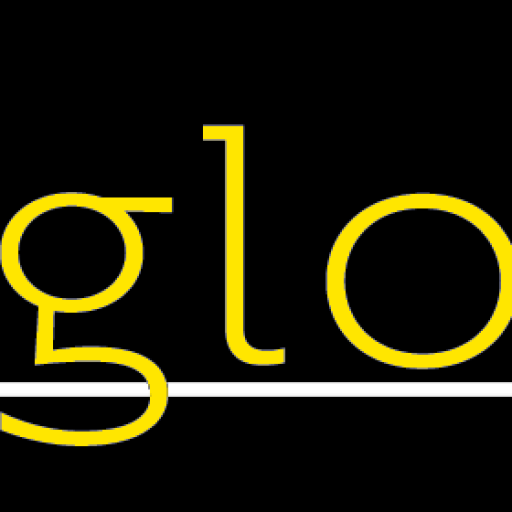Low-light photography used to be hard, to impossible. With modern cameras, it is completely possible, with good planning.
Sensitivity is key. The camera needs to be able to photograph with little light, and make images that are not too noisy / grainy. This means most cameras and phones today can do the job.
Planning
Testing how your camera works is the first, and most important step. Set up a tableau you can practice with. Make certain your subject is non-flammable – nobody wants their favourite teddy bursting into flames. Add a few shiny things like barbless and mirrors so you can get an idea of what the highlights will do.
Camera Settings
We want:
- As much light as we can get, so a wide-open aperture is a good starting point.
- The highest workable sensitivity, so a very high ISO. Note, this tends to introduce unwanted grain and noise into the image, so ISO is one of the things you will be experimenting with.
- a nice long exposure time, even for people. Say half a second as a starting point.
If you are using a phone, you might want to try a phone app that gives you more control than the one supplied with your phone. Expensive apps are not always better than the cheap or free apps, experimentation can be fun.
Setup the Tableau
If you are doing a portrait, start without a person, this part can take a while. Have a torch or light handy – a bedside lamp on an extension lead is a handy choice.
- For best (any) result, you need the subject of the photo close to the candle. 30cm as a starting point.
- Set your camera up so itis steady, use a tripod, or prop it on / against books.
- Light your candle.
- Focus on your subject (Some phone apps let you “lock” a focus point).
- Lights out (not the candle).
- Make an exposure
Congratulations! If you got the camera to actually try and make an exposure, you are doing great.
Look at the image. The chances of it being good are negligible. It’s our starting point.
What to do?
The image is too dark, or black.
Things to try:
- Get the subject closer to the candle.
- Increase ISO.
- Increase aperture size (smaller number).
- Increase exposure time, even seconds are Ok.
- Add more candles, or a brighter candle, some burn many times brighter than others.
- Add incidental light. Turn on a light in another room, or the TV, or a torch pointed at the wall or ceiling. This will add general light, and may give you some definition to walls and background, so it’s an artistic choice as well.
The image is too light.
Usually, the best option is to decrease sensitivity (ISO). Noise is the enemy, and a low ISO defeats it.
If part of the subject is bright, and the rest too dark, increase the distance between candle and subject; or add incidental light (see above).
The image is noisy and unusable
This happens when the ISO is high, try reducing it and compensating by adding more light, more exposure time, or a wider aperture. Many cameras (and phones) have noise reduction capabilities built in, check your menus and see they are turned on. There are lots of noise-reducing apps, these can make your image virtually noise-free, but at some cost to detail. Often, they make a photograph look more like a painting, which is not all bad.
Things to remember
- The light from a single candle is not very bright.
- Candlelight falls off quickly, close things are bright, but a metre away can be pitch black.
- You can shine a torch from the direction of the candle and on to the subject, this is easy and works very well.
- If you have the option of High Dynamic Range (HDR) mode, give that a try. This combines multiple exposures into a single image, and can be great for capturing more detail.
*Dress your subjects in bright colours, if it’s a bowl of fruit, put it on a bright tablecloth. Polish your fruit and vegies, polish your table, get the light you have reflecting, and not soaking into dark things. - People can prop themselves up if you give them something to lean on – then you can use very long exposures.
- Draughts make candles flicker and gutter. It looks great in movies, but reduces their light output considerably.
And on a final note, with digital cameras, especially in dark settings, “expose for shadows” is very true. This simply means that when you are making adjustments, or calculations for exposure, it’s important to see that things without much light on them (darker areas) are still “picked up” by the camera. These darker areas are very interesting when viewed large on monitors or prints.

